Eighty years ago, Ciro ‘The Artichoke King’ Terranova ‘died of a broken heart’
His reputation never recovered after botching his job in 1931 assassination of Joe “The Boss” Masseria
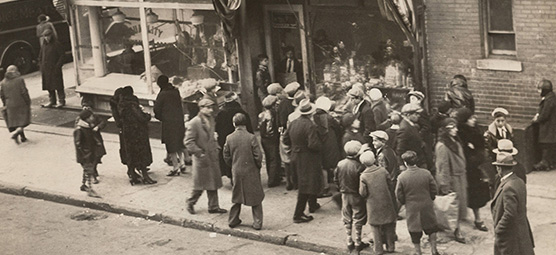
Eighty years ago last month, one of Mob history’s oddball characters crossed into the great gangland netherworld. Ciro “The Artichoke King” Terranova’s death was not the product of gangland warfare, nor a long prison sentence, but rather one more akin to the consequence of shame, destitution and irrelevance, or so say the whispers of underworld anecdotes. Notwithstanding the official medical reasons for the gangster’s last breath at age 49 – heart failure preceded by two strokes – the gossip of fellow gangsters attributed it to something less tangible.
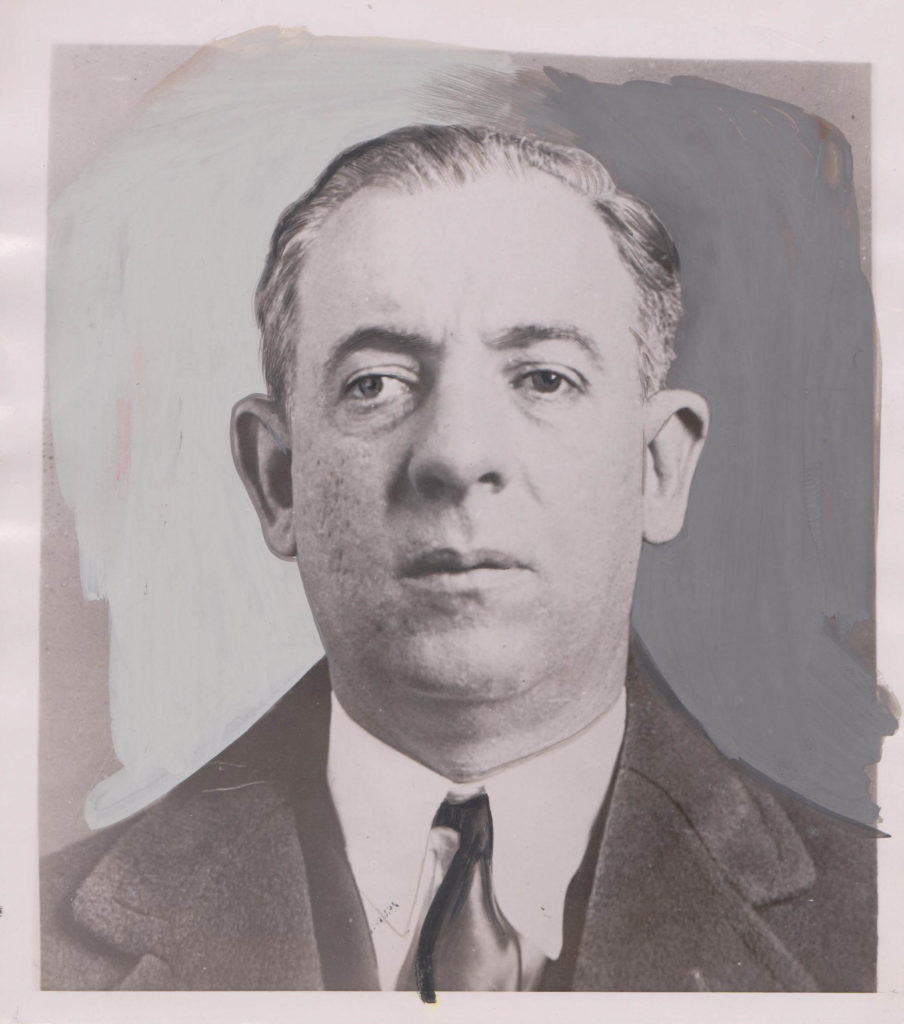
“He died of a broken heart,” former Mafioso turned federal witness Joe Valachi told a U.S. Senate committee in 1963. “I got that from soldiers (rank-and-file Cosa Nostra members) as we go along in life.”
Born in Sicily in 1888, Terranova’s journey to the United States first brought him to New York, but the family moved to Louisiana and Texas before permanently settling back in the Big Apple in 1897. Terranova, his brothers and his half-brother, Giuseppe Morello, took to crime as extortionists and counterfeiters. Ciro Terranova’s early arrest record demonstrated a penchant for violence:
- 1916 — Disorderly conduct: discharged.
- 1917 — Material witness in homicide.
- 1919 — Homicide: tried and discharged.
- 1919 — Robbery: discharged; arrested in Boston as homicide suspect: discharged; arrested in New York in homicide; discharged.
- 1925 — Robbery: discharged.
Although local police were very familiar with him from early on, Terranova’s public recognition didn’t blow up until 1929 when he was charged with staging the robbery of a gala dinner for Bronx-based city Magistrate Albert Vitale. Terranova and several associates were present for the dinner when gunmen stormed in and robbed the guests. Police pieced together a bizarre scenario. Earlier in the year, Terranova literally wrote a murder contract on New York Mob figures Frankie Yale and Frankie Marlow. Chicago gunmen carried out the hits and wanted to be paid.
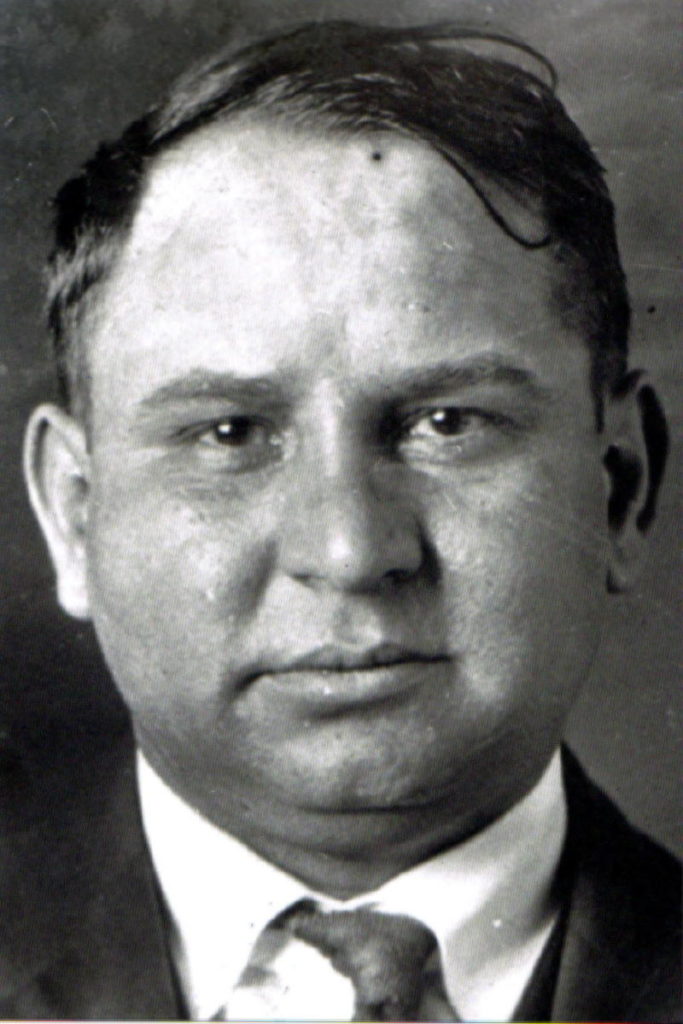
Terranova arranged to pay them during the dinner event upon “reviewing” the murder-for-hire document. But his plan was to snatch the written contract from the Chicagoans by having his men steal everything from everyone in attendance. Interestingly, days later all the stolen items were mysteriously returned and no murder contract was ever publicly produced. Terranova, who of course denied everything, again avoided criminal prosecution. However, his infamy grew tremendously, and the “The Artichoke King” started appearing regularly in newspapers.
Still, his role in New York’s Mob heyday of the 1920s and early 1930s is a subject of some debate in terms of his importance. He may not have been the shot-caller otherwise alleged by law enforcement and the press. He was incorrectly cited as part in the Murder Inc. hierarchy in 1940, for example. But Terranova was undeniably present and an active participant in the most sensational organized crime coup in American history in the 1930s.
Then there was his leadership in the artichoke racket. Not a fruit, and not exactly a vegetable either, the artichoke belongs to the same family as thistles, sunflowers, lettuce and chrysanthemums. Its growing conditions are very specific and, as a result, its availability is limited. Terranova grasped this concept and cornered the artichoke market. There was enough market value in the produce oddity – particularly the smaller variety consumed by New York’s Italian community – to make Terranova a wealthy man. He’s estimated to have earned a cool million each year from about 1925 to 1935.
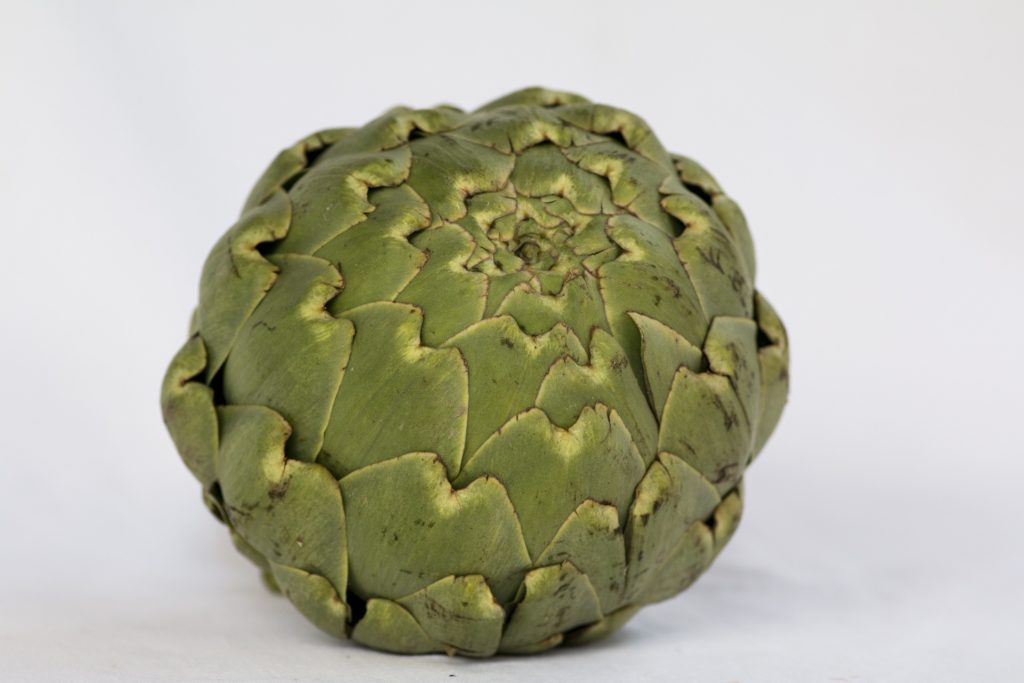
As with most commercial/industrial-type rackets, the system had a simple design: Vendors bought the product from gangsters at whatever price the gangsters set or had to face the consequences. Asked about his “Artichoke King” nickname in 1929, Terranova admitted to a reporter that he did “big business” in artichokes, but as for the origins he said, “Where the title of ‘Artichoke Boss of Mount Vernon’ came from, I don’t know.”
Terranova’s underworld activities weren’t limited to produce monopolization. Gambling, alcohol and other rackets helped fatten every mobster’s pocket. But all good things must come to end, or so they say, and it was especially true for the Artichoke King. His reputation (and wealth) began a downward spiral in 1931. That was the year everything changed in the underworld. The battle known as the Castellammarese War, waged between rival Mafia bosses Joe “The Boss” Masseria and Salvatore Maranzano, forced many young gangsters to take sides. Friends and foes alike were caught in the bloodshed. Terranova’s nephew (by marriage) Joe Catania became a violent statistic in the clash, gunned down by agents from Maranzano’s faction. Terranova vowed to avenge Catania’s death, but that vengeance had to take a back seat, at least temporarily, to a more pressing issue.
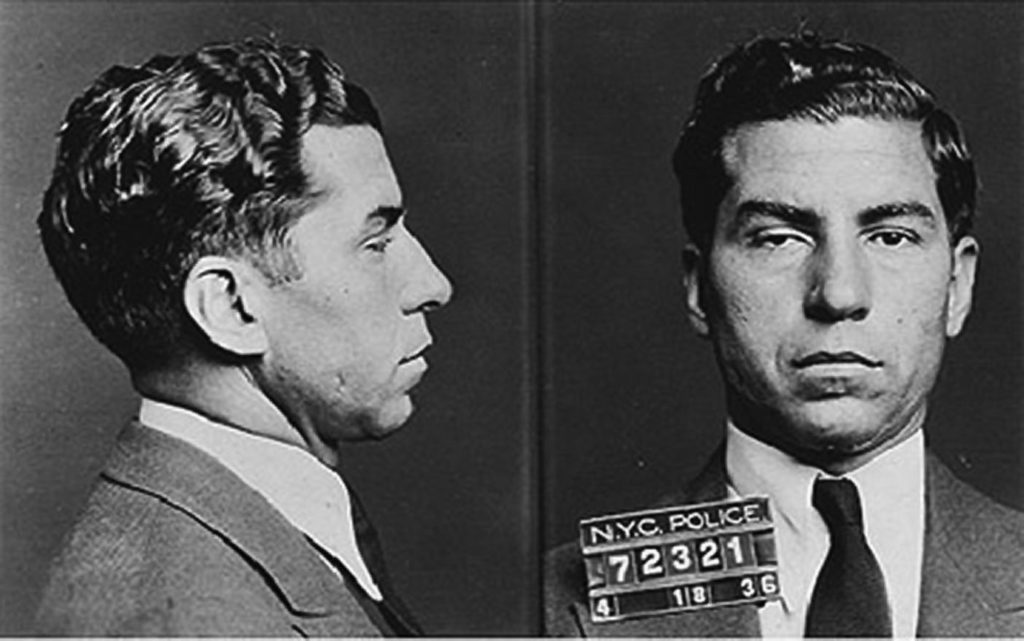
Masseria’s allies, namely one Charles “Lucky” Luciano, had determined that in order to end the war, they must stage a coup d’état. First, they set up Masseria to meet the Grim Reaper. The plan, as best pieced together from various historical accounts, involved numerous actors in the direct assassination plot, with even more underworld cohorts aware of the situation far and wide. In 1931, Masseria was lured to a Coney Island restaurant, accompanied by his top lieutenant Luciano. Gunmen entered and filled “The Boss” full of lead.
Terranova’s duty that fateful day was to man one of the cars, but when several of the plotters entered the vehicle, it seems that Ciro lost his nerve. Unable to even put the car in gear, Terranova drew the profanity-laden ire of one Benjamin “Bugsy” Siegel, who, according to some accounts, physically removed the fear-stricken Artichoke King from the driver’s seat. Although the entire entourage of assassins and conspirators safely escaped the scene (and justice), Terranova’s reputation was permanently decimated by the incident.
The violent takeover resumed the following September when the other boss, Salvatore Maranzano, met his maker. The landscape of New York (and truly the entire nation) transformed dramatically. A “combination” of Italian and Jewish gangsters was established, complete with a board of directors. The infamous “Five Families” of New York’s Mafia were put into place, and within a couple of years’ time, the official christening of its bloodthirsty enforcement arm, Murder Inc.
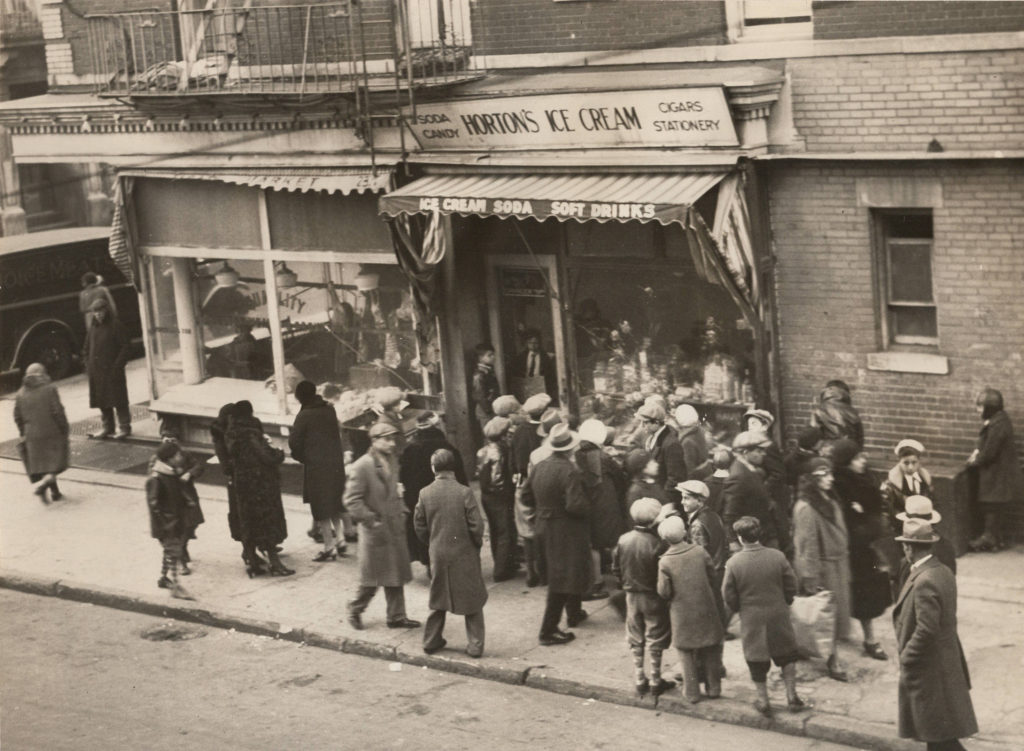
Historians still debate why Terranova was permitted to live, especially considering that by all accounts he was more affiliated with the old-school Sicilian “Mustache Petes” than with the young mobsters who were methodically knocking them all off. But his quality of life certainly wasn’t full of much pomp thereafter. Terranova’s control of the artichoke business had been passed along, or seized, by other gangsters (even though the police and press would refer to him by his moniker throughout his life and posthumously). The money he made via other rackets, such as liquor and Harlem gambling, began dwindling as well. Why? Because bit by bit, the new ruling class of crime had stripped away Terranova’s rackets until he literally had no significance and no cash flow. Furthermore, police were given strict orders to keep Terranova out of the city limits, which ultimately meant detaining and/or harassing him.
The loss of revenue sources, the difficulty getting any business done in the city and the expense of living the high life in a posh, Spanish-style home in the upscale Pelham Manor of Westchester County, became too much. Ciro’s family eventually moved into a building at 338 East 116th Street. In February 1938, he suffered two consecutive strokes which paralyzed the left side of his body and rendered him unable to speak. He was taken to Columbus Hospital where he died on Sunday, February 20.
More about Ciro Terranova:
- After his two brothers died in 1916 and 1921, Ciro took in or adopted their children as his own. In one particularly unusual instance of ill-fated family matters in 1932, 18-year-old adopted daughter Joy Reina Terranova attempted suicide via a swig of the cleaning liquid Lysol. The reason for her despair? According to police, Ciro scolded her for too “liberal” use of cosmetics.
- Numerous underworld figures acquired gun permits under questionable circumstances through payoffs, fake sponsors and political pull outside the city limits. Luciano, for example, acquired one in upstate New York in 1933 only to have it revoked when widespread corruption of the system was discovered. Terranova’s possession of a permit in 1929 caused uproar in the judicial system when it was discovered it was issued directly by a judge in Westchester County. Ironically, this was the only charge of which Terranova was ever convicted.
- In August 1936, Terranova failed to appear in court for a charge that he allowed the family’s Great Dane pooch to roam the streets without a license. His son Benjamin ended up purchasing a license for the dog. When Ciro appeared in court, the judge dismissed the original charge of “disorderly conduct” and another charge he’d received in January for vagrancy.
- Following Terranova’s death, Police Commissioner Lewis J. Valentine described the mobster as “criminally, financially and physically impotent.” Family members argued that rumors about Ciro’s money problems were largely overblown, telling the press that he owned a bakery and that the apartment building the family resided in – though far behind on taxes – was still their property. Further, up to at least 1936, Terranova was still commonly seen sporting a tan, traveling in his armored sedan and wearing a diamond pinky ring.
- A fascinating photograph depicts three smiling, familiar faces basking in a joyful swimming pool moment: Al Capone, Charles Luciano and Ciro Terranova. Researchers disagree on exactly where and when the picture was taken. It was either the hotel pool during the Atlantic City Mob convention of 1929 or the pool at Capone’s Miami estate.
Christian Cipollini is an organized crime historian and the award-winning author and creator of the comic book series LUCKY, based on the true story of Charles “Lucky” Luciano. Go to www.ganglandlegends.com.
Feedback or questions? Email blog@themobmuseum.org





